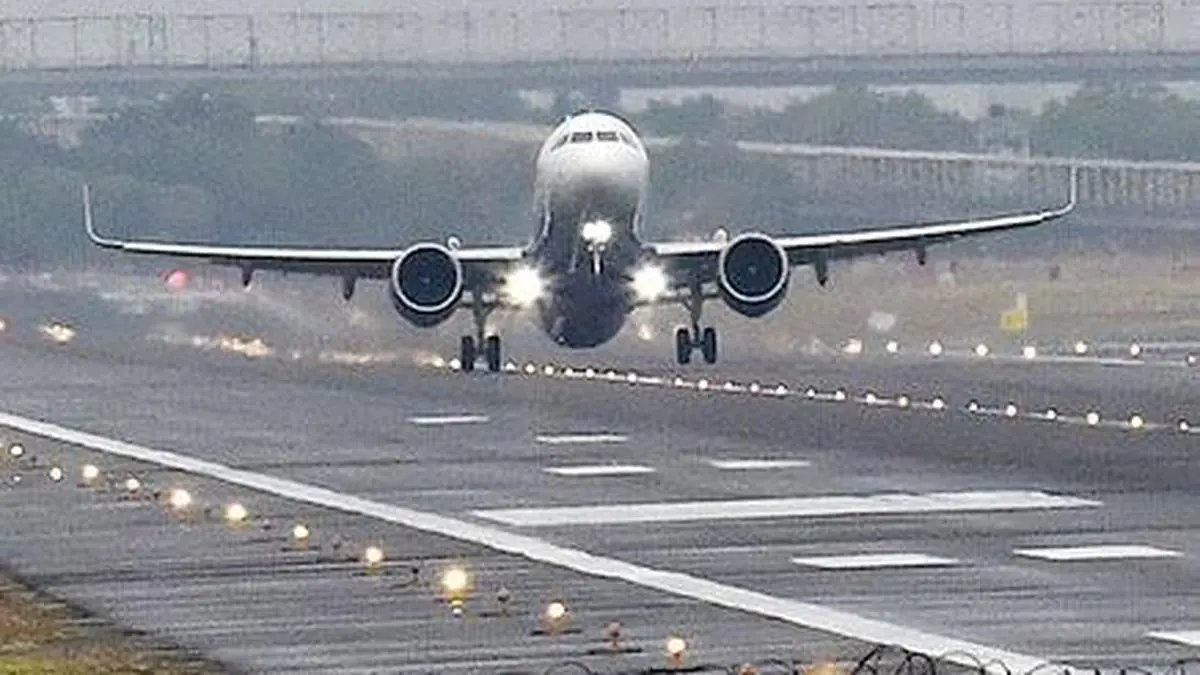Four UP airports shut down during winter schedule 2025


Low passenger demand and shortage of suitable aircraft as key reasons behind the suspension of operations
Of the seven inaugurated airports in Uttar Pradesh last year, four have reportedly ceased operations during the winter schedule of 2025.
Sources cited factors such as low passenger demand and shortage of suitable aircraft as key reasons behind the suspension of operations at these newly-developed airports in the state.
Consequently, the development has prompted questions from netizens over infrastructure planning, airline engagement, and the effective utilisation of public funds.
According to the winter schedule 2025, effective from October 26, 2025, to March 28, 2026, out of 126 airports, operations from Aligarh, Moradabad, Chitrakoot and Shravasti in Uttar Pradesh have been suspended for the season.
Industry insiders told businessline that besides Aligarh, Moradabad, Chitrakoot and Shravasti, operations have been suspended from Bhavnagar, Ludhiana and Pakyong airports for winter 2025.
In addition, social media users have reported that two more airports in Uttar Pradesh — Kushinagar and Azamgarh — too have ceased operations. However, businessline was unable to independently verify these claims.
The expenditure on the airports reportedly ranged from ₹29 crore for Shravasti Airport to ₹260 crore for Kushinagar International Airport, while Chitrakoot Airport alone accounted for ₹146 crore. These projects were initially positioned as key pillars of Uttar Pradesh’s regional connectivity drive.
“Operations depend on airlines deploying capacity to these airports. That is a commercial decision of the airline even within the UDAN scheme’s parameters,” a source explained.
The decision highlights the limited control of the government in sustaining services once infrastructure has been created.
An official, requesting anonymity, added that weak passenger demand remains the primary challenge.
“Many of these airports can accommodate only turbo-prop or A1 category aircraft with five to 19 seats, and such aircraft are very few across the country,” the official said.
Future demand
Furthermore, he pointed out that infrastructure creation is being undertaken to support future demand scenarios.
“The current focus is on ensuring infrastructure readiness for eventual traffic growth, as more than 1,700 aircraft are expected to join Indian airline fleets by 2035,” he added.
At the policy level, the Ministry of Civil Aviation (MoCA) maintains that under the UDAN scheme, 649 routes have been operationalised, connecting 93 unserved and underserved airports, including 15 heliports and two water aerodromes. These operations have facilitated over 1.56 crore passengers through 3.23 lakh UDAN flights.
In addition, to support airline operators and regional infrastructure, the government has disbursed more than ₹ 4,300 crore as viability gap funding (VGF) and invested ₹4,638 crore in airport development under the regional connectivity scheme (RCS).
As per current government projections, India plans to build 50 additional airports by 2030 and aims to have a total of around 220 airports by 2047, as part of its long-term aviation growth strategy.
Published on October 27, 2025



